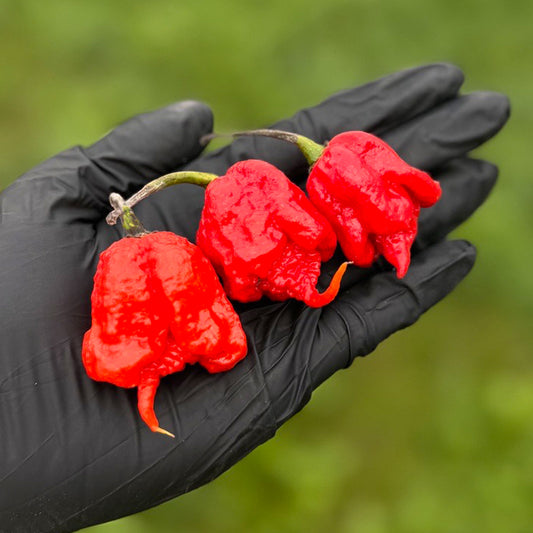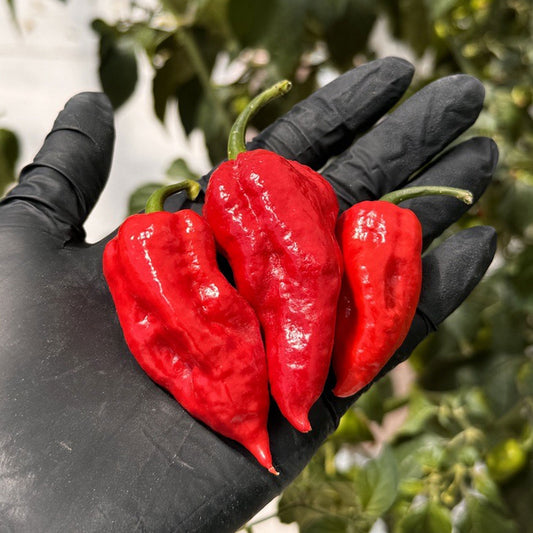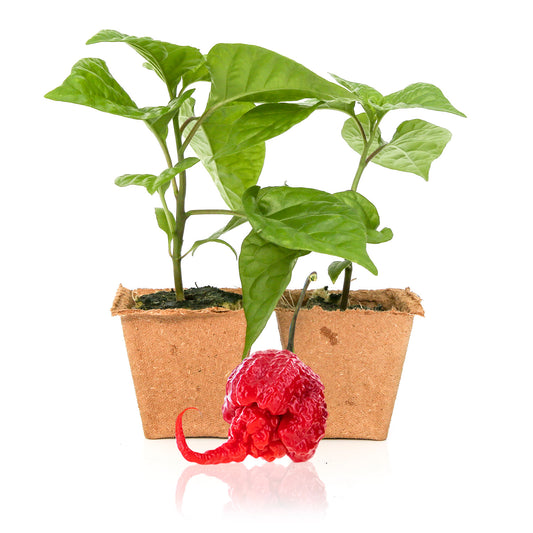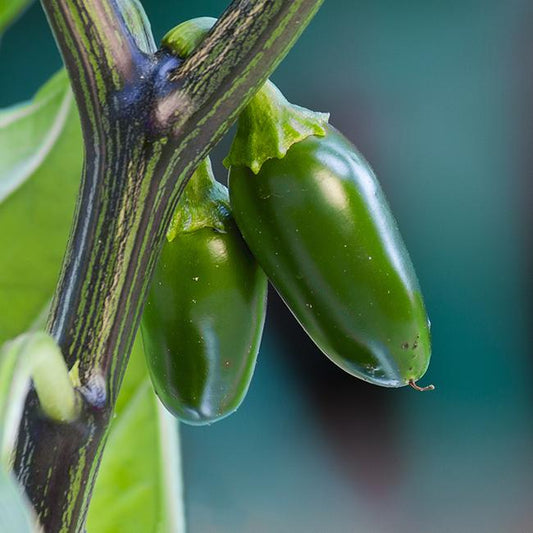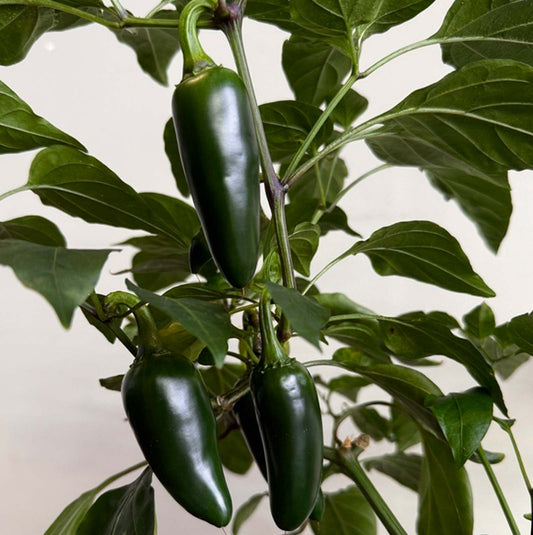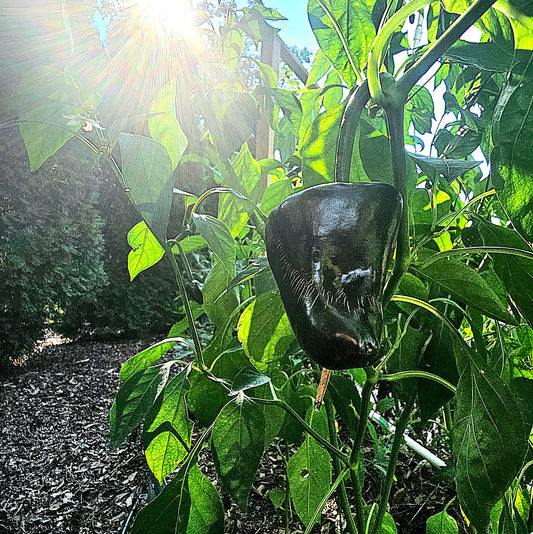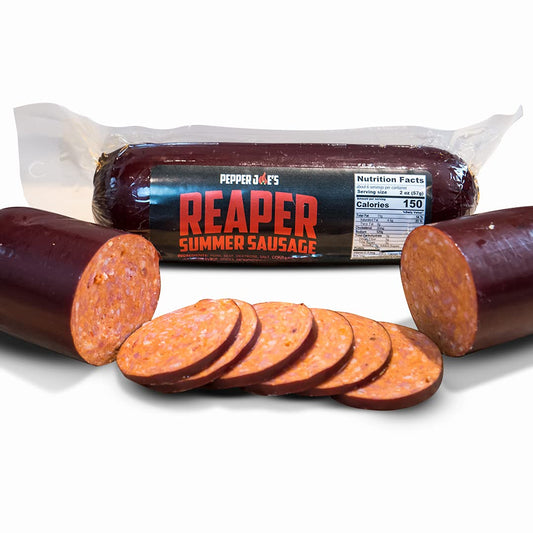How to Grow Habanero Peppers
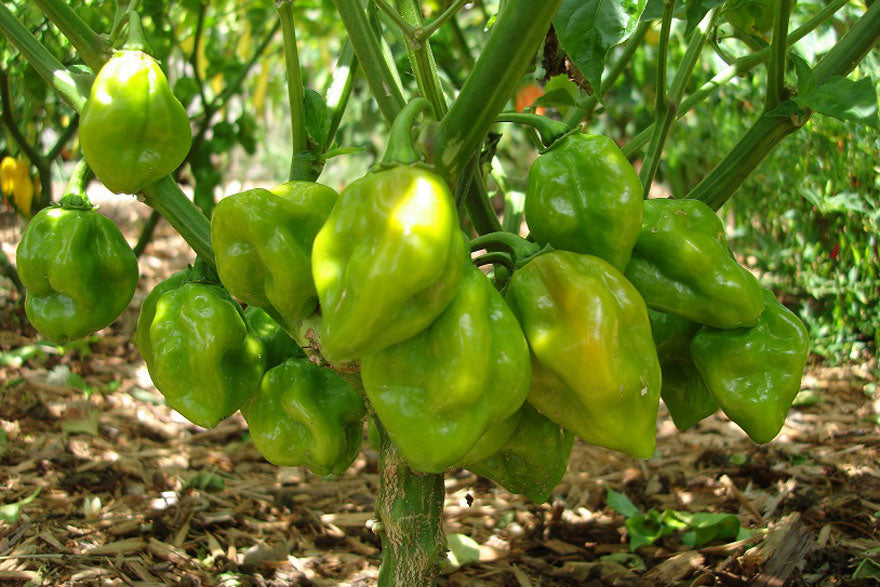
Growing Habanero Pepper Plants Made Easy
The Habanero Pepper is a member of the 'Chinense' family of Hot Chilis. Typically the plants grow larger than most other hot Chiles such as the Cayenne or Jalapeno pepper. That is the only nuance...that the plants can grow rather large. I've had Habs grow to 7' tall. But more typically they will average 4' to 5' tall. So this just involves some minor tweaks with Staking and fertilizing to meet the needs of a larger Habanero plant.
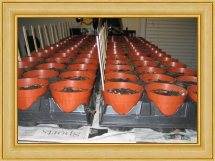

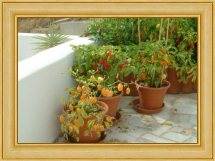
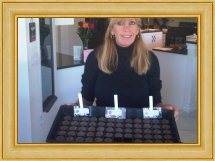
Hot Pepper Growing Tips
When to Plant Chilis
I'll walk you through some of the basics to growing healthy Habanero plants, and help you avoid pepper diseases and Pepper plant problems.
Habaneros start out kind of finicky as tiny seedlings. With proper care, once they take off, get out of the way. Habaneros grow into sturdy plants that are robust and strong. I get a lot of emails about when to plant peppers. Start them indoors 6 to 10 weeks before the last expected frosts. Habaneros take longer to germinate than smaller pepper plants. It is ALWAYS better to be a little too late to start your seeds than too early. They will catch up in the Garden.


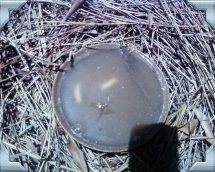
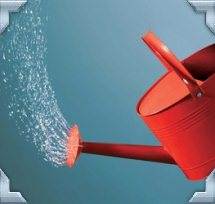
Where to Start
I get a lot of questions on this in regards to growing medium, soil, etc. I recommend buying growing trays with a plastic dome. I prefer planting pellets or peat pots. The small planting pellets are about the diameter of a silver dollar, and are made of compressed peat moss in netting. When you water them they expand. The downside to Peat is it dries quickly...so watch them daily.
I like this system because the plastic dome traps the moisture inside...keeping the air and soil humid and damp as well as heated. Perfect environment for germination.
Just make sure to remove the plastic dome as soon as the first seedlings emerge...because if you don't the seedlings shoot up quickly making them leggy and they topple over. They can also die from damping off. At this point you do want the soil to dry for at least a full day in between watering.
Your Habanero plants will love you for it. Start to fertilize the Habanero seedlings weekly when your Habaneros have 6 sets of leaves.
TIP: If you don't have a plastic dome...no problem. Cover your seed trays with Saran wrap. Just remove when watering and then when the Chili Seedlings emerge.
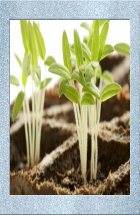


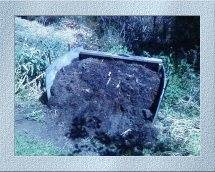
Transplanting
Transplant time is at about 8 sets of leaves...although a little more or less won't hurt them.
IMPORTANT...introduce your young tender plants to the outdoors slowly and gradually. This process is called 'Hardening off'.
First day for an hour in indirect sun or shade...then add an hour a day and more sun. The best time to transplant your Habanero pepper plants is at night, or better yet on a cloudy and rainy day. The Sun can be harsh on small seedlings.
Dig a whole several times larger than the root system...maybe the size of a Cantaloupe. Peppers like sand. I recommend digging a healthy small shovel full of sand and another one of well rotted processed Cow Manure into the hole and mix well. If you have soil that is too sandy, add top soil and cow manure.
Tip: Toss a pack or two of matches into the hole fanned out. Your Chili plants will love the sulfur. Sulfur is also a great Fungicide and kills harmful bacteria. This creates a Root Zone that is Habanero plant friendly. It enables the roots to spread out and grow quickly getting nourishment as well.
Also, spray with 2 tbs. of Sulfur mixed with water every two weeks thereafter...this will help keep avoid pepper plant diseases and help keep overall pepper plant problems away. Water the plant extremely well right after transplanting. It helps prevent transplant shock.
In the Garden
At this point your Habanero plants should be off and running. Fertilize every two weeks. I like Fish emulsion...but Miracle Gro will do.
On the in between weeks...try my Hot Pepper growing secret...mix 4 tbs. of Epsom salt in a sprayer bottle with water...shake vigorously.
I have some excellent information in my FAQ page to help you out from here. Also, check out my Growing Tips page.
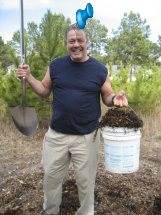


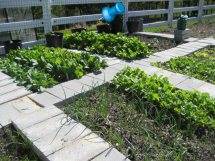
Fiery Regards,

Featured collection
-
Carolina Reaper Pepper Seeds | HP22B
Regular price From $ 6.99Regular priceUnit price per -
Ghost Pepper Seeds
Regular price From $ 4.99Regular priceUnit price per -

Carolina Reaper Pepper Plants
Regular price From $ 9.99Regular priceUnit price per -
Pepper Joe's Jalapeno Pepper Seeds
Regular price From $ 2.99Regular priceUnit price per -
Habanero Pepper Seeds
Regular price From $ 2.99Regular priceUnit price per -
Pepper Joe's Giant Jalapeno Pepper Seeds
Regular price From $ 5.99Regular priceUnit price per -
Chocolate Habanero Pepper Seeds
Regular price From $ 3.99Regular priceUnit price per -
Ancho Poblano Pepper Seeds
Regular price From $ 2.99Regular priceUnit price per -
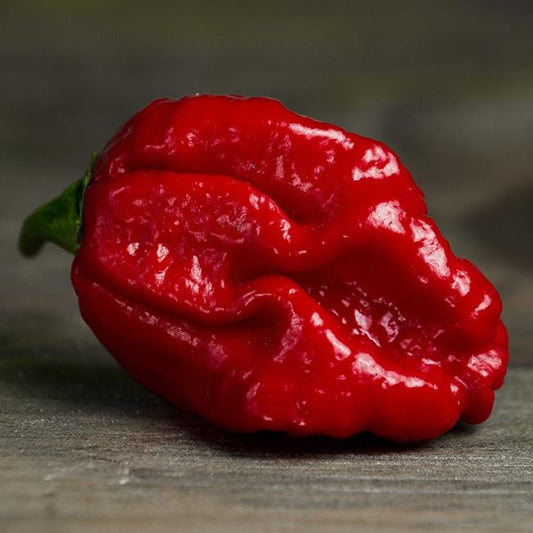 Coming Soon
Coming SoonMoruga Trinidad Scorpion Pepper Seeds
Regular price From $ 7.49Regular priceUnit price per -
Carolina Reaper Summer Sausage
Regular price From $ 7.99Regular priceUnit price per

